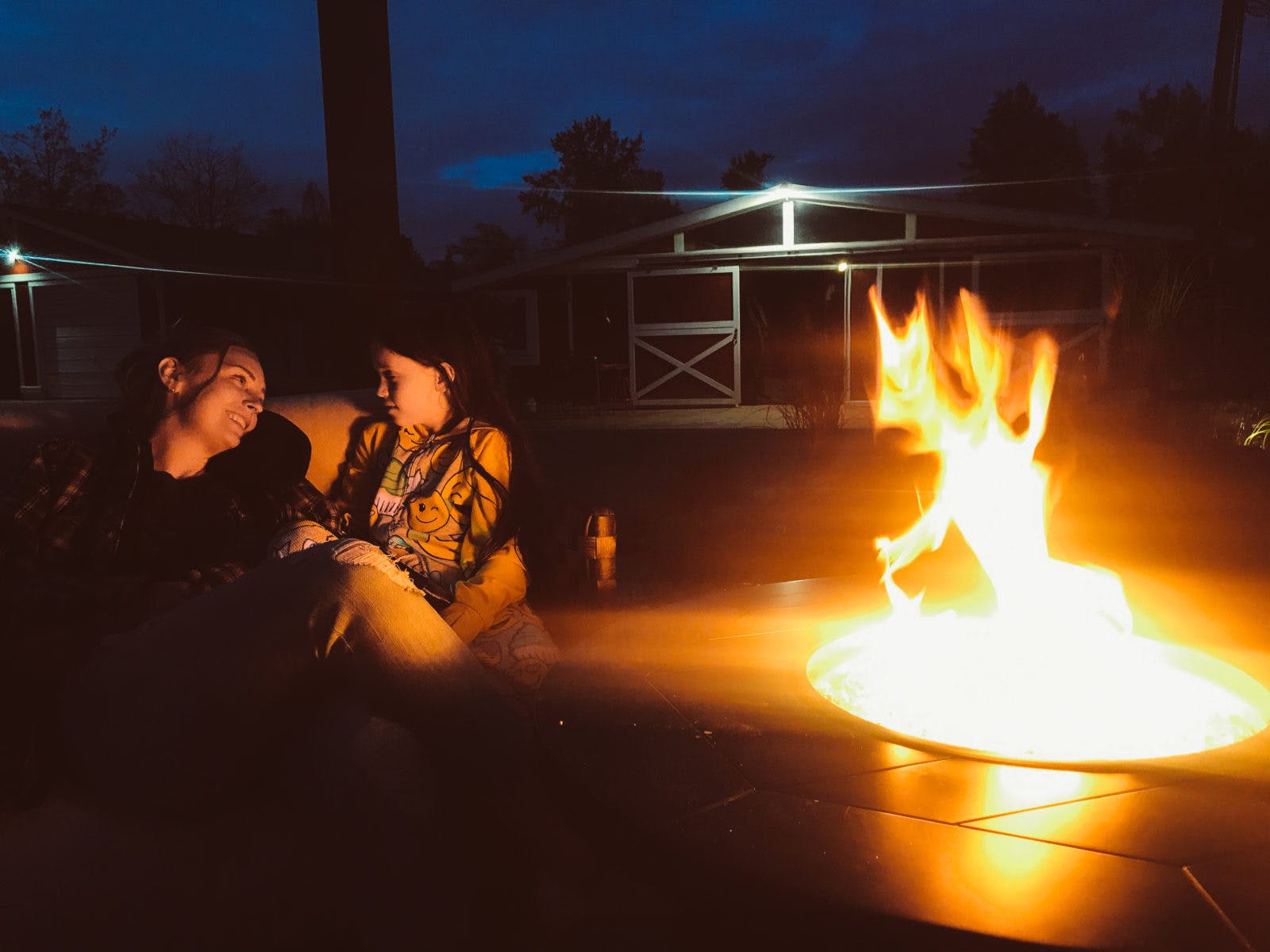Like anyone already living the country life knows, owning acreage property means that from time to time, you’re going to have to be self-reliant. This is especially true as spring storms start to roll through, and the chances of power outages increase. While having no power is an inconvenience for any homeowner, if you’re living outside the main city centre, it can make life incredibly difficult.
Thankfully, with a little prep work, you and your family can be ready to take on any power outage. Here’s a look at our proven list of steps for ensuring you’re prepared the next time things go dark.
Step 1: Make a List of What Won’t Work When the Power Goes Down
While not being able to charge you iPhone might be the most immediate concern of a power outage, it’s important to think through all the things that require power in your home, so that you can adequately prepare for them.
Here are a few of the most common items on acreages that are affected by power:
Lights and Outlets
Electric Starters on Stoves
Septic Tanks
Well Pumps
Animal Feeders
Electric Fuel Pumps
Once you have a full list of every item on your property that requires power, you’ll be much better prepared to plan for when these items are out of use.
Step 2: Make a Power Outage Kit
When the power does go out, it generally doesn’t give you a whole lot of warning. Have all your essentials ready to go by creating a Power Outage Kit, complete with all the immediate items you’ll need to navigate while your power is down, including:
Flashlights
Batteries
Portable Device Chargers
Emergency Radio
Small Solar Panels
Cash (in case the banks/ATM’s are down for a few days)
Medication
Wet Wipes/Hand Sanitizer
Matches/Lighter
Duct Tape
Multi-Tool
First Aid Kit
Step 3: Stock Up!
In addition to your Power Outage Kit, you’ll want to ensure you stock up with plenty of bottled water and non-perishable food items to hold you over during any extended power outages. Plan for a full week’s supply of drinking water for each member of your household, plus additional for animals, cleaning, and any other miscellaneous uses.
As for food, most commercially packaged canned goods can remain shelf-stable for years or even decades. Prep-worthy meals and MRE’s (meals ready to eat) are also available from a variety of home and outdoor goods retailers online.
Whatever you choose to store, make sure it’s being kept in a cool, dry and dark place. While non-perishable items are just that – non-perishable – if stored improperly they can degrade rapidly, turning unpleasant to eat, or even worse, dangerous to consume.
A note of fridges and freezers:
When the power first goes out, the food in your fridge should remain ok for about 4 hours, and the food in your freezer should last for about 24-48. However, this time is greatly reduced if you open the doors, so do your best to keep them closed as much as you can. Once power returns, check the internal temperature of perishable items using a food thermometer. Any items that have been above 40° F for more than 2 hours need to be discarded.
Step 4: Create a Zero-Power Cooking Plan
While your rural home is more than likely operating with a gas stove, keep in mind that you may need to bypass its electric starter with a match or lighter (be careful!)
In addition to your regular stove, it’s a good idea to have a camping stove with plenty of fuel on hand as well, just in case there are any issues. You may also want to consider a solar oven, which uses nothing but the power of the sun to cook your food. These can be purchased online or even made at home using some basic materials you can find at any local home improvement store.
Step 5: Plan for Wells and Septic Systems
One of the biggest concerns about losing power on an acreage is wells and septic systems. Since both require power, there are some things you should know for when the grid goes down:
Wells
Nearly all home wells require an electric pump to bring water up out of the ground, meaning that when the power is out, your well is not pumping. Your system should still have water in its holding tank, which can last for several days without issue if conserved. Just be sure to ration to use of sinks and showers as much as possible.
You can further limit the need to dig into your bottled water supply by setting up a rain-barrel system. Used to collect and store natural water every time it rains, these barrels can be a lifesaver when your well stops working. They can even be insulated to keep water from freezing during colder months. Best of all? They’re super easy to set up. Here’s a great guide put together from home improvement retailer Lowe’s.
Septic Systems
While toilets do not require power to flush, your septic system requires power to expel wastewater into your drainage field. That being the case, when the power goes down, you need to be especially careful about wastewater backing up into your house.
Limit flushing to when absolutely necessary, and maybe even encourage the folks inside your house to “reconnect with the outdoors” when nature calls. While it may be inconvenient to pretend like you’re camping for a few days, it sure beats the alternative of a backed up septic system!
Step 6: Think About a Generator
Depending on your power needs and budget, you may want to consider a generator to have on hand during extended power outages. If you do decide that a generator needs to be part of your power outage preparation plan, there are two main routes you can take:
Portable Generator
These small generators can be easily maneuvered and run on simple gasoline. Just set it up in a safe place, fire it on, and you’ve got power! Now, keep in mind that even the larger portable options are going to be limited in terms of the amount of juice you get, so don’t plan on using them for much more than recharging small devices. Also, it’s important that you keep a fuel supply on hand, as these generators are only as good as the fuel you pump into them.
Permanent Back-Up Generators
If going without power is not an option for you, consider installing a permanent generator for your home. These generators run on liquid propane or natural gas, and kick on as soon as the grid goes down. Smaller models can provide enough juice for turning on basic things like a few lights, as well as your septic and well pumps. Larger models can power your entire home like the power never even went out. But be warned: while incredibly convenient, these systems can also be incredibly expensive!
While the power going out will always be an inconvenience, it should never be life-threatening. Even if you live in the most remote of areas, a little bit of planning can go a long way in ensuring that your family stays safe and comfortable for even the longest outages. So start making your list, building your power outage kit, and make sure you’ve stocked up for when the power inevitably goes down!



